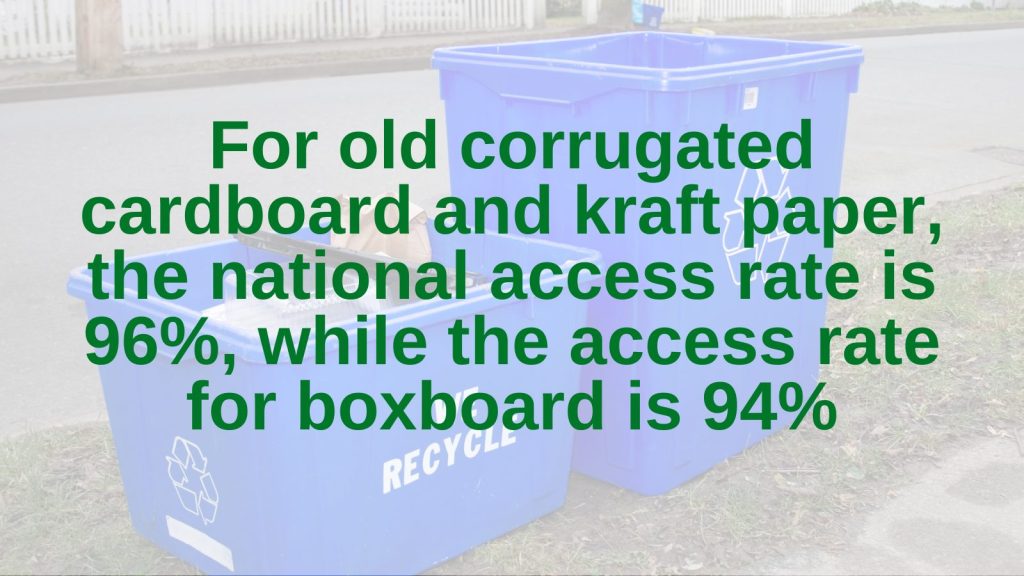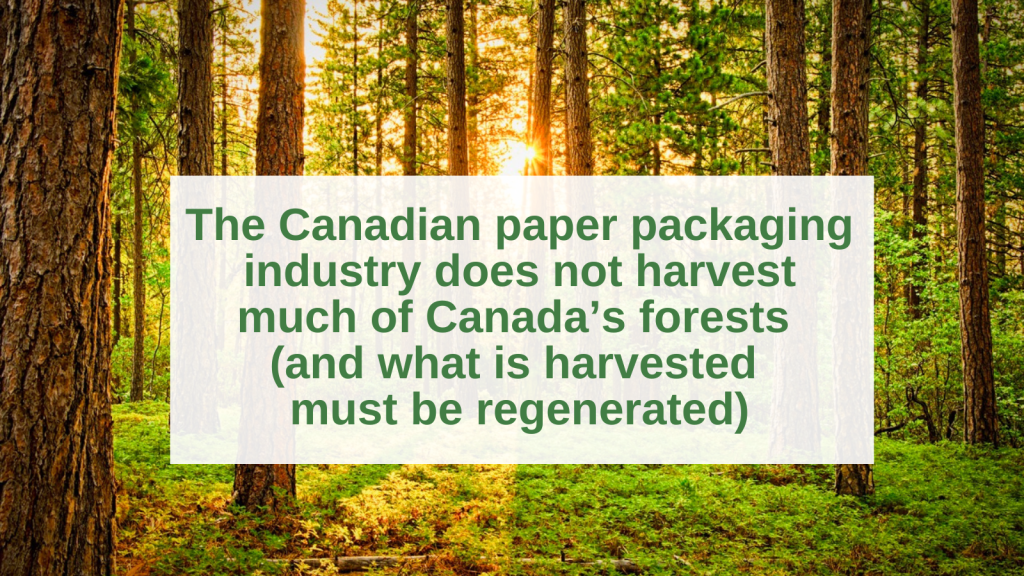There are so many policy proposals aimed at addressing plastic packaging right now that it can be hard to keep track of it all. The Paper and Paperboard Packaging Environmental Council (PPEC) has been working to stay updated on government and industry initiatives aimed at reducing plastics – both in Canada and globally – and how that impacts PPEC members and the paper packaging industry.
In addition to the mandatory ban on some single-use plastic items, there has also been consultations on proposals for everything from enacting minimum recycled content standards for plastics, to developing new labelling rules and reporting requirements for plastic packaging, to the most recent consultation on specifically reducing plastic food packaging at large grocery stores. These are just some of the Canadian initiatives being considered to help the federal government reach its zero plastic waste goal by 2030.
The Canadian paper packaging industry has already started to see the impacts these initiatives are having in the marketplace and in the media. On one hand, more businesses and brands are shifting from plastics to other materials, including paper-based packaging. But in response to some of those moves, PPEC has also seen an increase in misleading commentary about paper packaging.
As more companies and government organizations around the world commit to reducing plastic packaging in the marketplace, and in landfill, the paper packaging industry has been working to meet demand for renewable, responsibly-certified, and recyclable packaging alternatives. These are just a few examples where plastic packaging is being replaced by corrugated and paper-based packaging:
- Graphic Packaging International’s range of plastic-free paperboard lids
- WestRock and Atlantic Packaging’s fibre wrap to replace plastic shrink films
- Cascades closed corrugated cardboard basket for fresh fruits and vegetables
- Church & Dwight’s Arm & Hammer Power Sheets Laundry Detergent’s paperboard box
- PepsiCo Beverages paperboard design to replace plastic rings on multipacks
- Unilever’s Pot Noodle new paper-based packaging
- Mars Wrigley’s recyclable paper-wrapped chocolate bar
- Kelloggs trials a new tube made of paper for its Pringles chips
It should be noted that while these initiatives are positive, their success hinges on the role of the consumer, and will only be beneficial if consumers do their part by recycling to allow those materials to be reused, so that they can be made into new paper-based packaging, again and again.
And we expect to see continued moves from plastics to paper-based packaging in the wake of regulatory and corporate initiatives. In fact, a study from the Society for Packaging Research showed that corrugated cardboard could replace 21% of plastic packaging.
But as governments and businesses navigate their way around how to meaningfully reduce the use of plastic packaging and waste, we are seeing more discussions unfold on what “recyclable” means, confusion surrounding the term “single-use,” and misleading statements about paper-based packaging.
Most materials can technically be recycled if given the right conditions, such as access to recycling, collection, processing, and, most importantly, the existence of established end markets, which allow recycled materials to be bought and used in place of virgin materials. That doesn’t mean those conditions exist for all materials consistently or at scale. But they do exist for paper packaging, which is one of the most widely recycled materials.
Not only do consumers have access to residential recycling programs that accept paper-based packaging – the majority of Canadians have access to recycling for corrugated cardboard, paper bags, and boxboard as determined through an independent third-party study – but the infrastructure and end markets are also in place to ensure paper packaging materials can actually be recycled.

These conditions have been in place for years, which is why paper packaging makes up a large proportion of residential Blue Box recycling programs across Canada. It’s all part of the Canadian paper packaging industry’s long-standing circular economy. PPEC members have been using recycled content as their primary feedstock for decades, it’s an inherent part of their business model.
And yet, despite this successful model, despite the wide access to recycling, and despite the investments from our industry to regularly buy back their own materials to use in place of virgin materials, we are seeing more misleading statements about paper packaging in the context of plastics, especially as they relate to the term “single-use,” and misconceptions about forestry and paper packaging. It’s important to understand that, in essence, most packaging materials – whether it’s glass, metal, plastic, or paper – can be considered single-use. But the key point is that some of these materials are more successfully recycled than others. And paper packaging is one of those successful examples, with research showing that paper can be recycled up to seven times.


